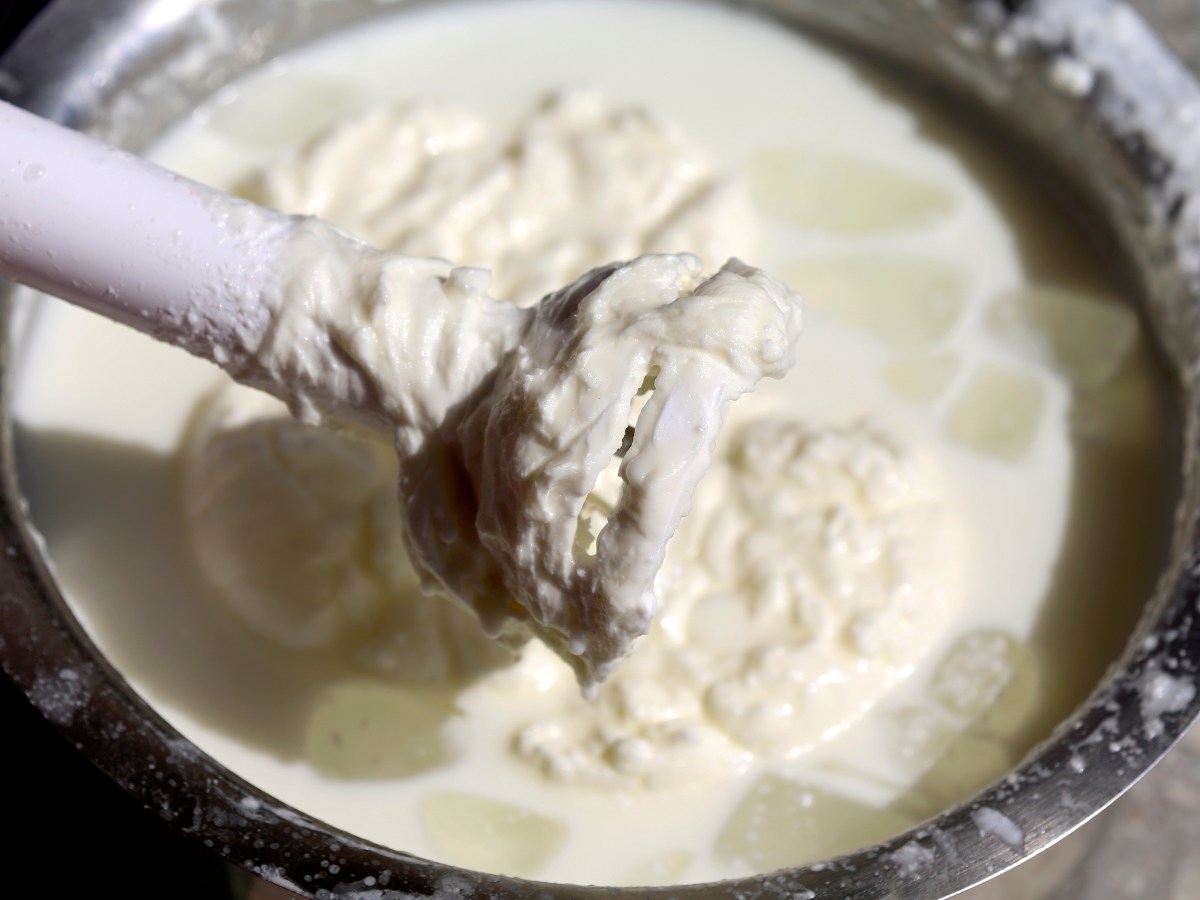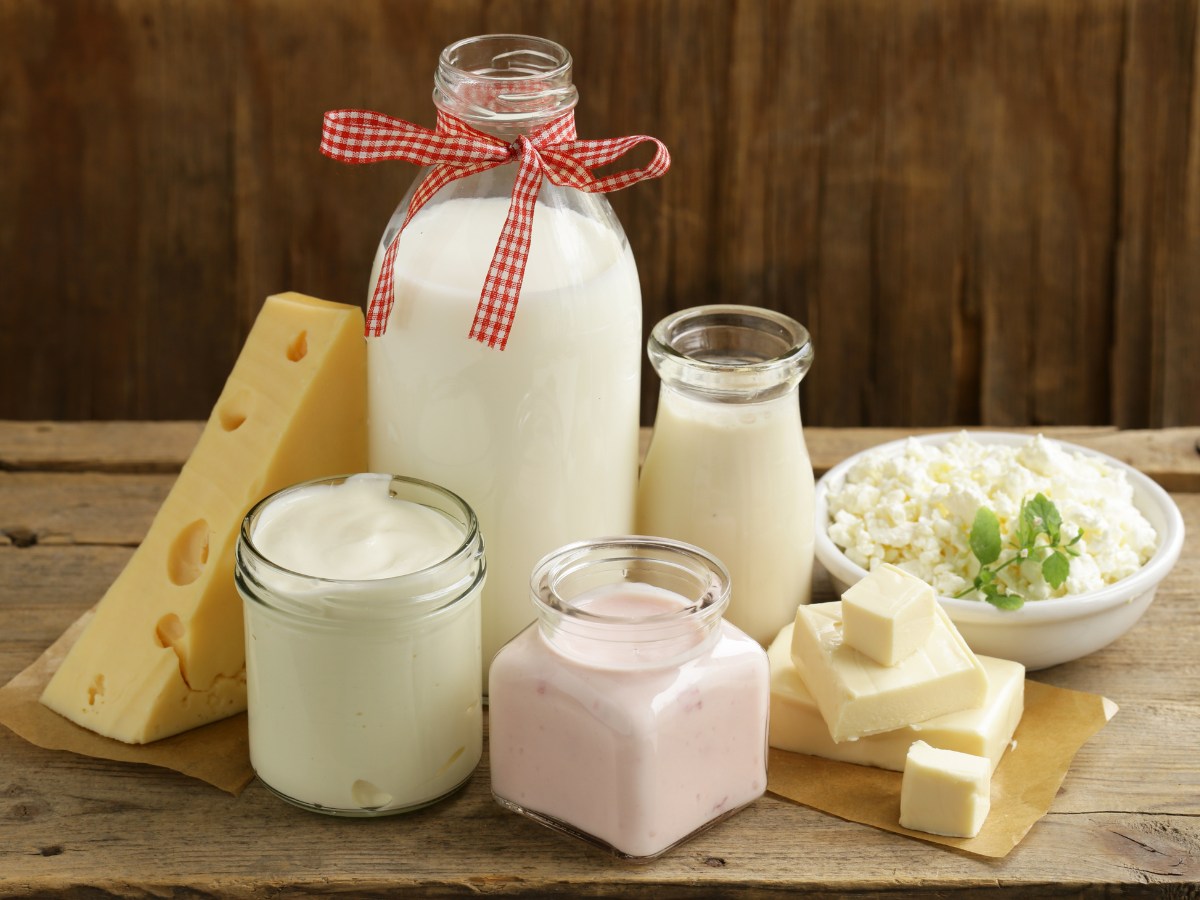What is buttermilk?

Buttermilk, also known as buttermilk, is a dairy product obtained during the butter-making process. When the cream is whipped to separate the fat that will form the butter, the remaining liquid is buttermilk. This by-product is appreciated for its mild, slightly acidic taste and creamy texture.
The process of obtaining milk buttermilk
The process begins with the cream, the fatty part of the milk. This is subjected to a vigorous churning, known as buttermilk churning, which causes the separation of the solid fat (butter) and the liquid (buttermilk). Traditionally, this method was carried out in a traditional way, but nowadays more advanced techniques are used for its production.
Nutritional properties of buttermilk
Mazada is a low-fat food, with less than 1% fat content, and is a rich source of protein and calcium. For every 100 grams of product, it provides approximately 3 grams of high quality protein. In addition, one glass of buttermilk provides about 25% of the recommended daily amount of calcium, essential for the maintenance of strong bones.

At Beurrespa we are butter suppliers for industrial customers
Culinary uses of buttermilk
Buttermilk is versatile in the kitchen. It can be consumed directly as a beverage, thanks to its mild taste and light texture. It is ideal for breakfast, either on its own, mixed with coffee or tea, or as an accompaniment to cereals and biscuits. It is also used in the preparation of baked goods, such as breads, cakes and pancakes, providing fluffiness and a characteristic acidic touch.
Health benefits
The consumption of buttermilk contributes to the strengthening of bones due to its high calcium content. The proteins present in buttermilk are beneficial for the development and maintenance of muscle mass. Furthermore, as it is low in fat, it is a healthy option for those seeking to maintain a balanced diet without sacrificing essential nutrients.
Mazada powder: a practical alternative
Buttermilk is also marketed in powder form, obtained by spray-drying liquid buttermilk. This form is valued for its high protein and low fat content, as well as for its emulsifying properties due to its richness in phospholipids. Powdered buttermilk is used in various industrial applications, such as bakery products, dietetic foods, soups and sauces.
Frequently asked questions about milk buttermilk
Does buttermilk contain lactose?
Yes, buttermilk contains lactose, although in smaller quantities than whole milk, due to the fermentation process it undergoes during its production.
Is it suitable for lactose intolerant people?
People with mild lactose intolerance can tolerate buttermilk, but it is advisable to consult a health professional before incorporating it into the diet.
How should buttermilk be stored?
Buttermilk should be kept refrigerated and consumed before the expiry date stated on the packaging.
Can buttermilk be used as a milk substitute in recipes?
Yes, buttermilk buttermilk can replace milk in many recipes, providing a fluffier texture and a slightly sour taste.
Where can I buy buttermilk buttermilk?
Milk buttermilk is available in supermarkets and specialised dairy shops. It is also possible to make it at home by adding an acid, such as lemon juice or vinegar, to milk and letting it stand until it is cut.
